PALAZZO PRETORIO MUSEUM
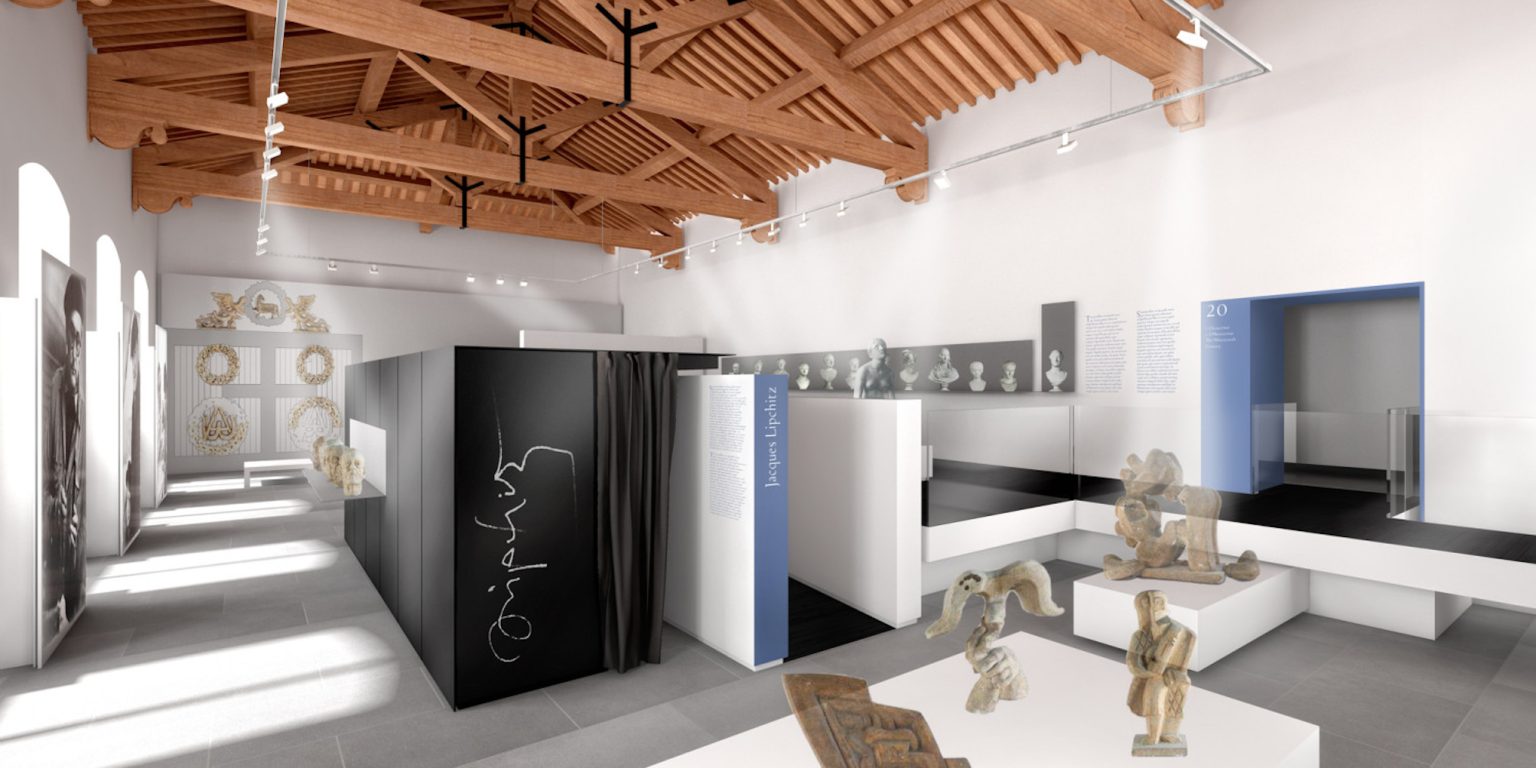
-
Type
Museum - Location Prato, Italy
- Date 2012
- Client Comune di Prato
- Size 3,000 m2
- Status International Competition - 2nd prize
-
Team
Ferdinando Fagnola + PAT. (architecture+exhibit design)
Onleco (MEP)
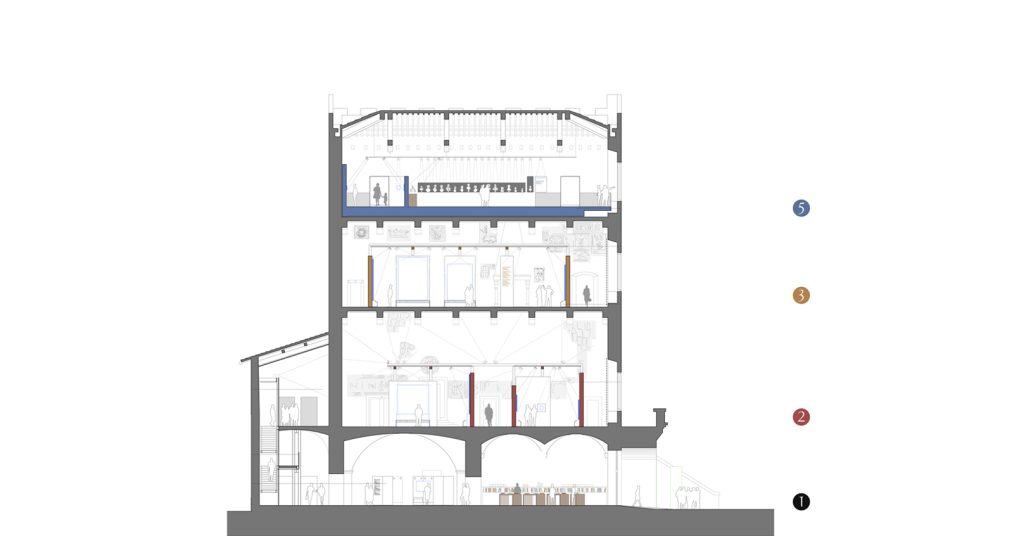
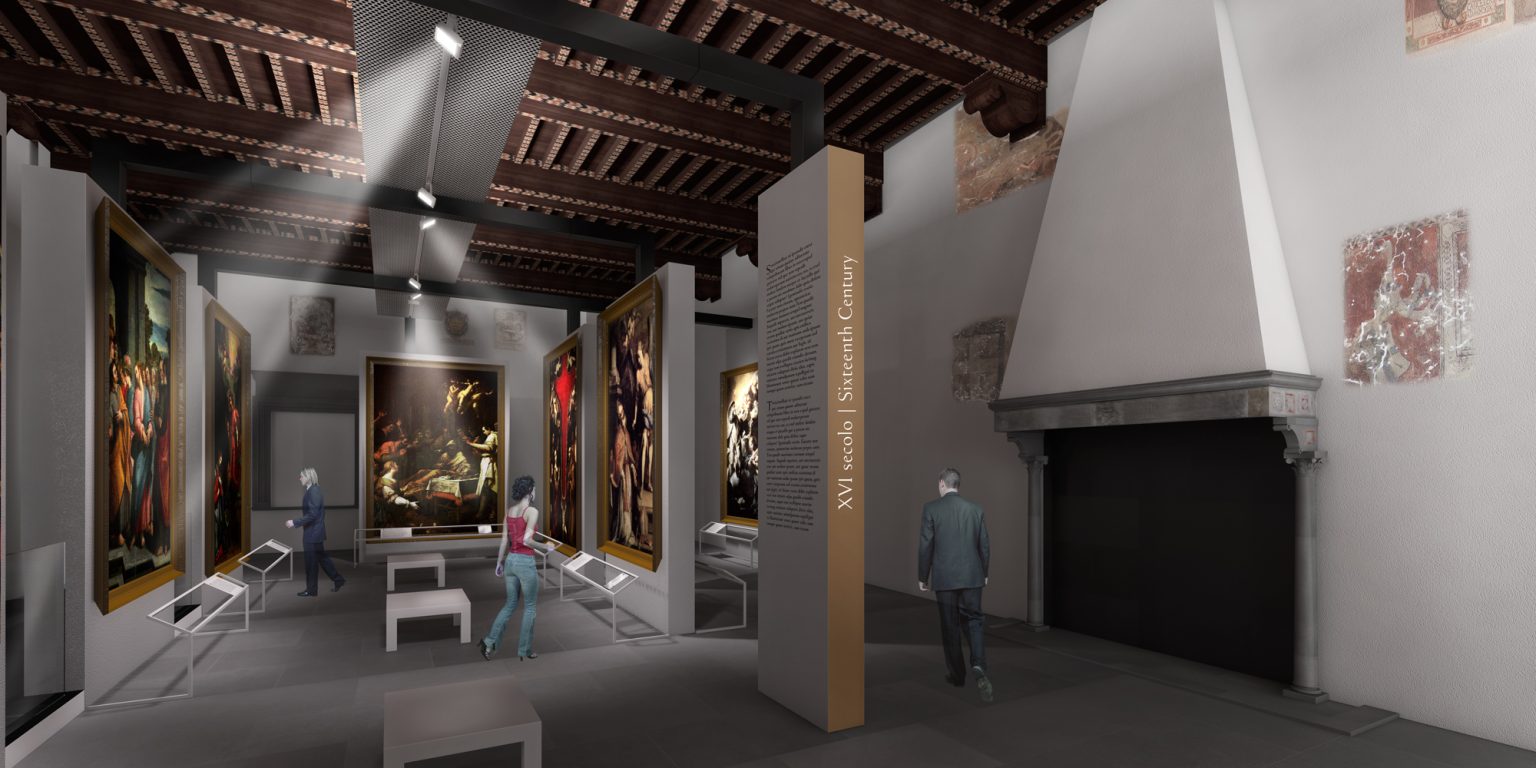
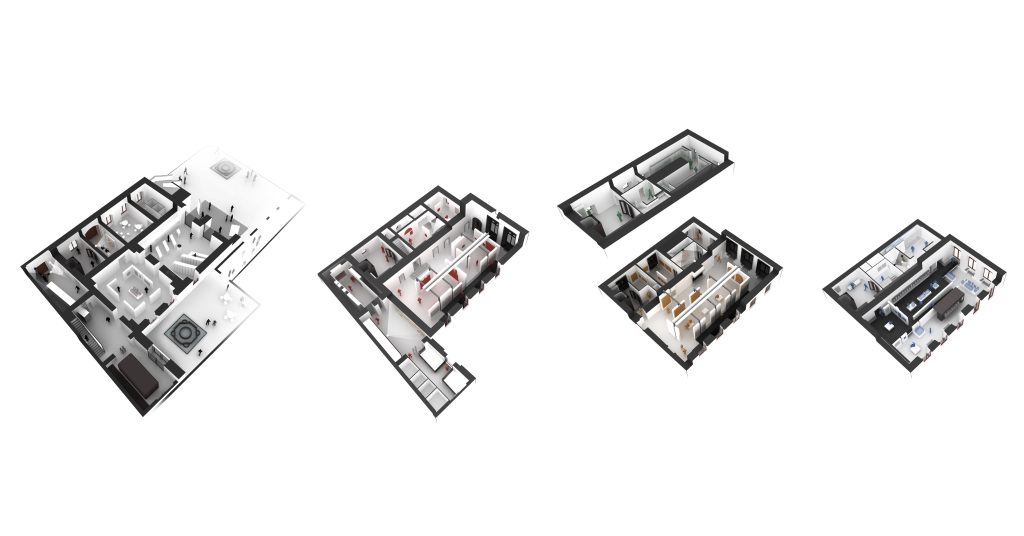
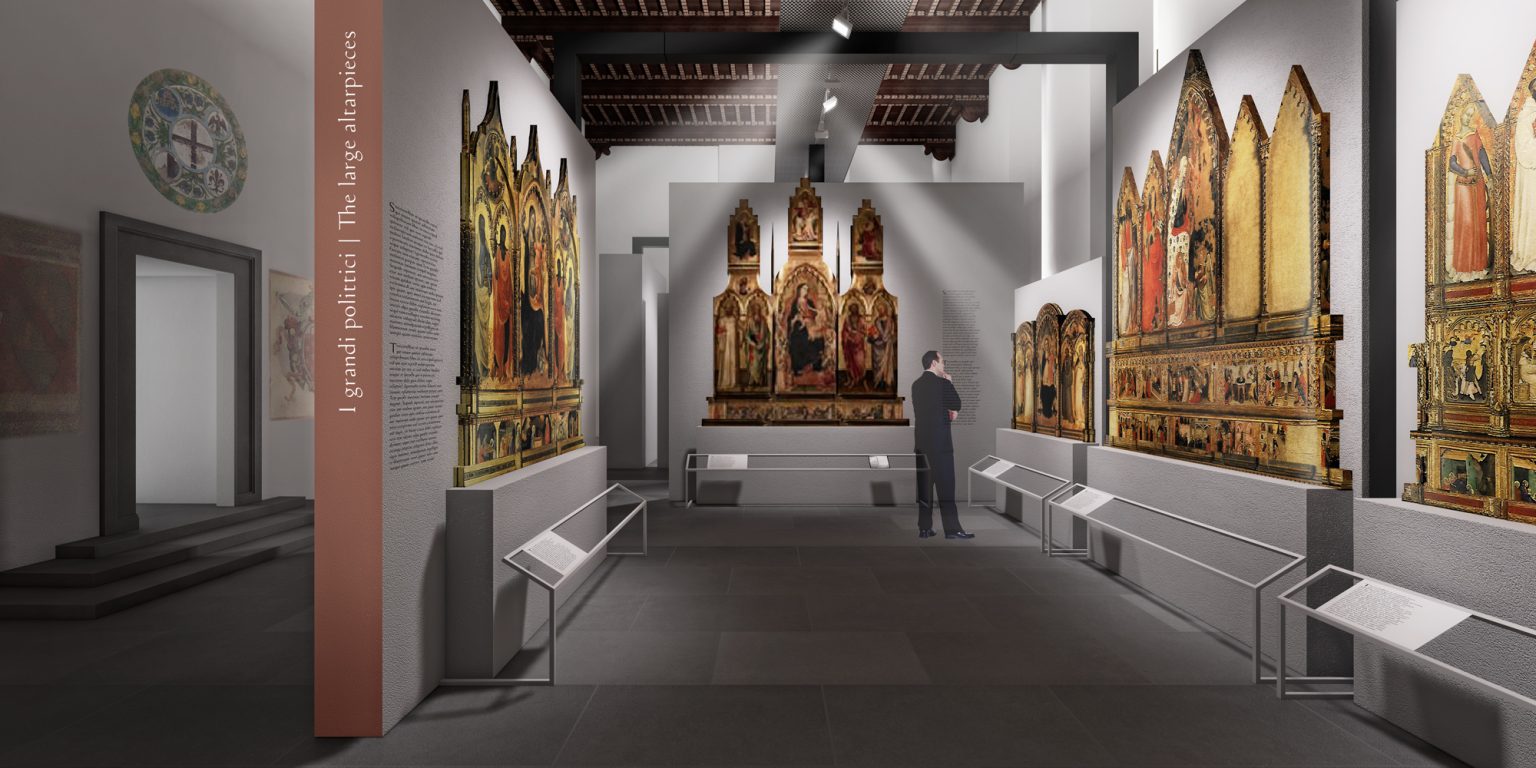
The idea of a museum as a place to “welcome” as well as to exhibit, thus “a place open to the most diverse publics,” an active component of the city’s social life, far from the stereotype of a museum as an elitist and immobile place that the museology of the past has given us,calls into question more complex factors than the “valorization of the municipal art collectionsand of Palazzo Pretorio. Activities related to temporary exhibitions or events even not directly related to the museum such as the presentation of a book, the work of an artist, meetings of city clubs, private events, conferences and conventions, but also the normal use of citizens, need flexible spaces and services, connected by simple and efficient paths, currently absentor undersized and incompatible with the current distributional configuration of PalazzoPretorio. The works on display in the Civic Museum do not require any special arrangement artifice: from the monumental altarpieces, to the paintings on wood, to the population of sculptures in the hall on the top floor, a natural, irreproducible handling arises.
All the works, of all ages, sizes, materials and weights, are neither fixed nor leaned against existing walls, both to avoid points of attachment on the probably ineffective masonry and to avoid direct contact of the works with non-thermally insulated surfaces. Following an envisioned sequence, a pathway rich in perspective views and asimmetries has been created, lining up in its central section the most evocative works. The great hall on the third floor will be the culmination of the ascending pathway after traversing the various chronological phases of the city’s cultural life and, thanks to the increasingly broader views of the landscape, revealing the urban panorama. It will thus be the ideal trampoline, both physical and metaphorical, from which the city will lean outward to look toward distant horizons.

